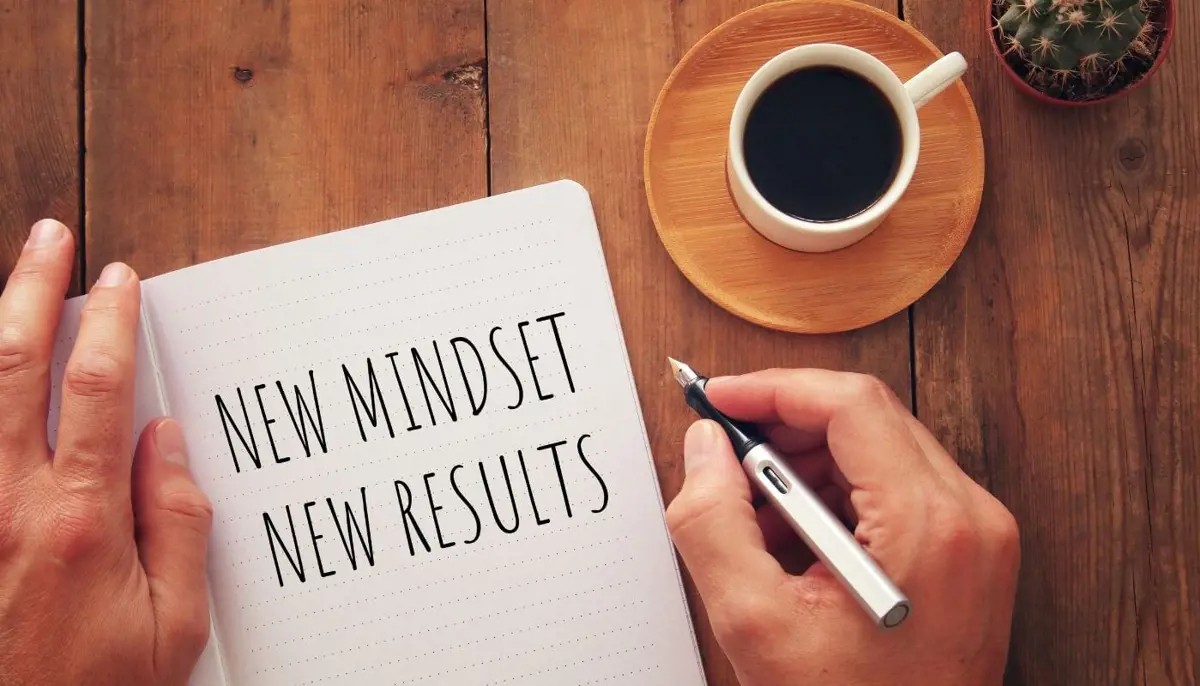
Want to elevate your money mindset?
Published by Respondr 3 min readFollow these 5 steps to elevate your money mindset
As you know all too well as first responders, the demands of your roles often leaves you time-poor and you aren’t sure where your money goes. If you are wanting to save more money or simply get better at saving, chances are you started at what would seem to be the most logical place – a budget. While understanding where your money is going, setting spending limits and committing to some savings goals are all great things to do, you may find yourself struggling with making any consistent progress.
If this is you, I want you to know that you are not alone. There is a reason why money and fitness goals top the new year’s resolution list each year. And there is a reason why most of us struggle to budget (or eat) better, despite understanding that the answer to saving more is to spend less than we earn. The reason, is this:
Most of the decisions you make on a daily basis do not come from your logical, thinking, brain.
In fact, most of the decisions you make throughout your day come from subconscious thinking – in other words habit, instinct and emotions. First responders are time poor and often fatigued, leading to more decisions relying on habit or emotions. In fact, I would argue that emotions ultimately underpin everything we do. And the more regularly we experience that same emotion and respond to it in the same way, the more that then becomes a habit and something we do without giving it a second thought.

When it comes to food for example , we tend to eat our emotions. We use food to make ourselves feel better when we feel anxious or depressed. We use food as a reward system. We use food to punish as well. So it’s no surprise there is so much emotion tied to food. It’s why we say things like ‘I have a gut feeling’. Why we express excitement as “butterflies in my stomach” and so forth.
The same concept applies to the way we are with money.
-
-
- We use money to make ourselves feel better (or to avoid our emotions).
- We use money to gain someone’s approval.
- We use money as both a reward and a punishment system. and,
- We use money as a way of buying love (hands up if you associate how expensive the gift is with how much you are valued?).
-
So if we consider the significant impact our emotions have on the major and minor decisions we make every day, it stands to reason that in order to save better we need to understand not only our spending habits, but the emotions that underpin them as well.
It is only once you understand your emotions and adjust the way you are use to responding to them that you will be able to create lasting change with your spending habits and become more intentional with your money.
Here are a few simple steps to help you on your way.
Step 1. Practice noticing how you feel each day
This first step can be surprisingly challenging because you may be in the habit of ignoring or suppressing your emotions, whether you realise it or not. A simple starting point can be to at the end of each day give a ranking from a scale of 1- 10 for the following 4 key emotions: Happy, Sad, Angry, Fearful. Then, try to expand on the ratings and drill further into them by writing down words that elaborate on how you feel (For example, sad might turn into bored or exhausted).
Step 2. Observe the triggers
Once you have named your emotions, get curious about what thoughts and events are triggering them. Is there something on your mind? Was there something that happened today that evoked those feelings? Make a note of what has caused you to feel this way.
Step 3: Look for patterns
Try to keep a daily log of how you feel over a couple of weeks so you can observe if there are any patterns . Are you consistently feeling exhausted and run down? Do you dread the start of each week? Perhaps you kick off on a positive note and feel lacklustre by the end? Make a note of what you have observed.
Step 4: Plan ahead
Since your response to your emotions is instinctive or habitual, the key to creating lasting change is to be prepared as much as you can. Notice what your main challenges are each day or week and reflect on how you would normally respond. Would you reach for a glass of wine or takeaway at the end of a long day? Perhaps retail therapy is your go-to after a bad day at work or an argument at home? By taking a bird’s-eye view of your week and typical behaviours you can now consider some different responses to the same events that could be more effective. For example, you might decide that next time you feel angry or upset you will phone a friend, go to the gym, or do something that brings you joy, instead of buying yourself a treat. Make a plan and write it down to use as a reminder when the time comes.
Step 5: Create change
While soothing your emotions in the moment is an important stepping stone to curbing your spending, it is only a short term fix because it doesn’t address the underlying cause. If you have noticed a particular pattern or overriding negative emotion, give some thought to what actions you can take to help to address these feelings in the long term. For example, if you constantly feel exhausted, look for ways to create space in your schedule to slow down and look after yourself (that could be by delegating or outsourcing some chores, or scaling back your hours at work).
While you may have been raised to view certain emotions in a negative way, to ignore or suppress them, it is important to recognise that experiencing emotion is not a weakness. Those feelings that we perceive as negative (such as anger or sadness) are actually deeply useful and important. They are your body’s way of communicating that something is wrong or that there is an aspect of your life and wellbeing that needs attention. They are our mind’s way of protecting us and encouraging us to grow.
Your on the way to a better mindset
Taking the time to observe your emotions and learning new strategies is a great self-improvement tool. Regularly talking to your partner or close network about money and your spending habits normalises this issue. The better you become at listening to your feelings, honouring them and taking action to create new habits, the better your relationship with money will be .